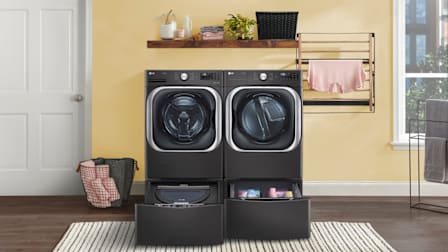Best Dish Soaps
The top-rated dish soaps efficiently cleaned a sink full of dishes without leaving our hands feeling dry
When you shop through retailer links on our site, we may earn affiliate commissions. 100% of the fees we collect are used to support our nonprofit mission. Learn more.

Dish soap is a kitchen cleaning essential, important for tackling those items that can’t go in the dishwasher, such as pots and pans, chefs’ knives, and wooden utensils. In my apartment, I have a dishwasher, but I live alone. Running the dishwasher to clean a single plate, fork, and pan just doesn’t make sense.
- Dish Soaps: Amazon Basics Dawn Platinum Dawn Platinum Plus PowerSuds Dawn Ultra Ecos Gain Grove Collaborative Mrs. Meyer's Method Nellie's Palmolive Seventh Generation
- Things to Consider: Ingredient Concerns How Much Dish Soap Do You Need? Hot or Cold Water? Phthalates in Soap
- How CR Tests Dish Soap




















